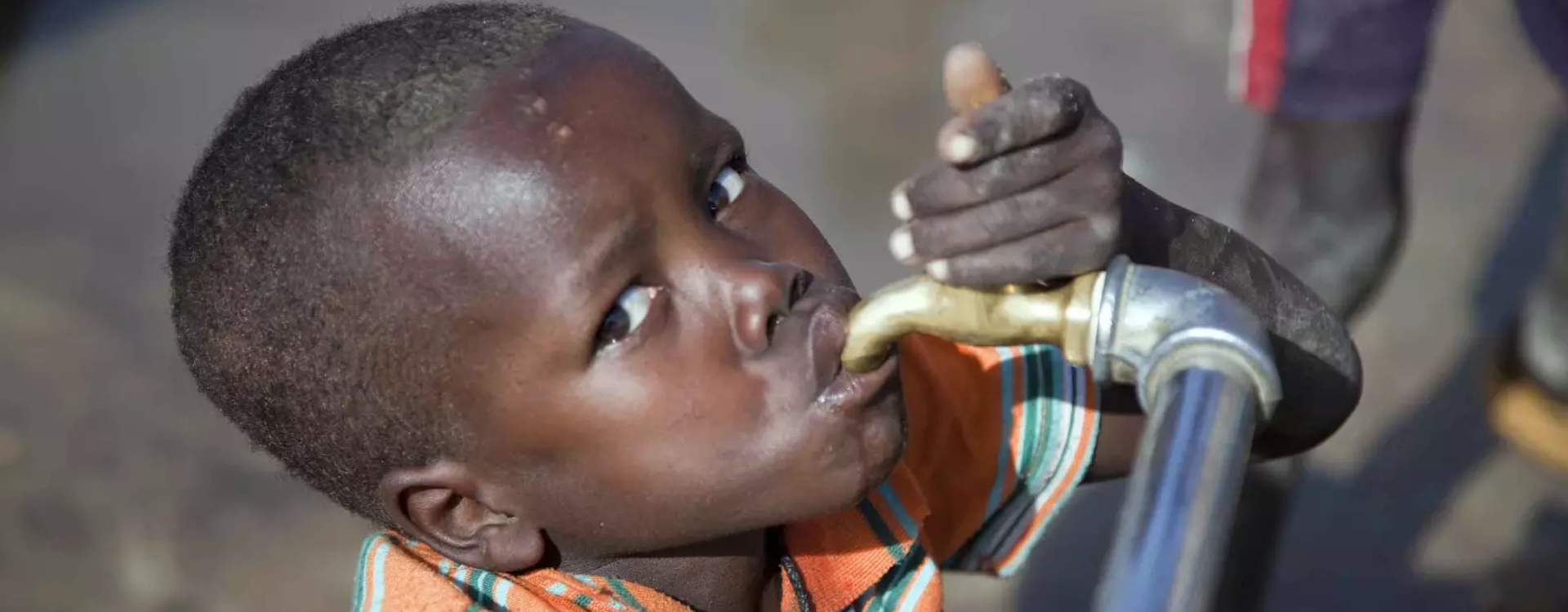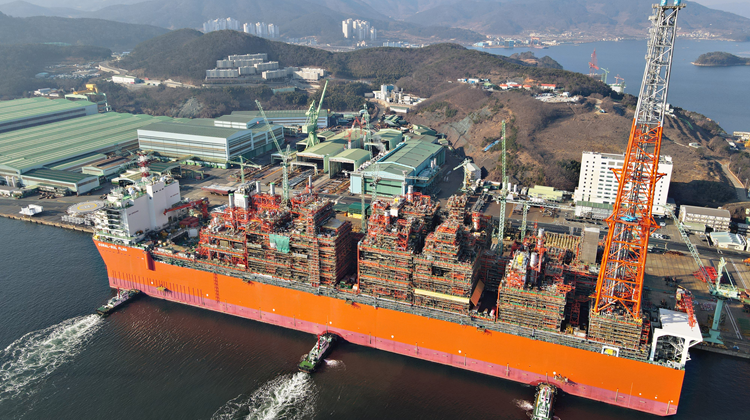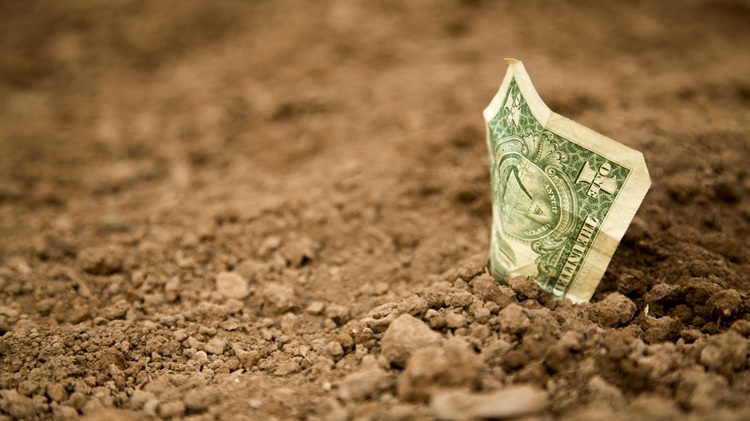Tackling South Africa's water supply problem

On World Water Day, South Africa must face facts: infrastructure projects alone won't close the gap in water supply.
In South Africa the consumption of water is outstripping reliable supply. This overexploitation of water resources at the national level could leave the water system vulnerable, especially in its ability to respond to droughts and demands from increased temperatures due to climate change.
The Department of Water and Sanitation (DWS) has many ‘reconciliation strategies’ to balance water supply and demand, but are these strategies enough to meet rising demand?
The African Futures Project (AFP), together with the Water Research Commission (WRC), have created a national water balance for South Africa to the year 2035.
Using the International Futures (IFs) forecasting system, the AFP has forecasted in its latest paper Parched prospects II that water withdrawals in the municipal, industrial and agricultural sectors will increase over the next 20 years. By 2035, municipal water demand is expected to increase by 43% due to population growth, rising income and urbanisation. Industrial water demand is set to increase by 12% due to non-renewable electricity generation and manufacturing. Agricultural water demand is expected to increase by 9% due to an expansion of land under irrigation. Together, water demand could increase from 15.6 km3 to 18.9 km3 by 2035.
The DWS has published reconciliation strategies – the official long-term plans for reconciling water supply and demand – for most of the water catchments in South Africa. The AFP compiled all of the completed large-scale reconciliation strategies to create a national water supply forecast.
The DWS plans for an increase in yield of over 3.5 km3 per year by 2035. This increase is due to a number of extensive infrastructure projects, like the Lesotho Highlands Water Project phase 2 (LHWP2), as well as the raising and constructing of dams throughout South Africa. This means the total system yield will increase from 15.3 km3 per year in 2014 to 17.8 km3 per year in 2035.
Graph: Planned yield increases extracted from all published large-scale reconciliation strategies
In addition to the planned yield increases, the strategies also identify water conservation and water demand management interventions. These occur in most catchments and account for a demand reduction of 0.571 km3 by 2035. This could reduce growth in water withdrawals from 18.9 km3 to 18.3 km3 by 2035, which is still above the 17.8 km3 per year of expected available supply.
Proposed interventions to increase supply and reduce demand are not enough to reconcile the gap between withdrawals and supply. Current plans are not enough to bring the South African water sector into balance and reconcile future national water withdrawals with future national supply.
Additional measures will be required to close the gap by 2035. Parched prospects II presents a Closing the Gap scenario. In this scenario, not only is every intervention in every reconciliation strategy pursued, but the government implements additional interventions such as groundwater development, wastewater treatment, and increased conservation and demand management efforts.
Current plans are not enough to bring the South African water sector into balance
The largest increases in water supply outlined in the existing reconciliation strategies come from large-scale surface water infrastructure projects, such as the LHWP2, the Vioolsdrift and Gariep Dams in the Orange River catchment, the Mielietuin Dam in the Richards Bay catchment, along with many others. Although such infrastructure projects are often necessary, there are other ways to reconcile supply and demand.
Groundwater is an overlooked renewable water resource, particularly well suited for agricultural use. Research from the WRC has found groundwater to be a reliable source when managed properly, with costs comparable with those of surface water resources. The WRC project argues that ‘the main reason groundwater sources fail is because of mechanical breakdowns and other issues related to operations and management, and not a failure of the groundwater resource itself’.
Another potential source is treated wastewater. Treating wastewater increases the available supply (through direct reuse) and the quality of water. According to another WRC report, South Africa is at a ‘tipping point’ in terms of wastewater treatment. Although the state of wastewater treatment facilities has been improving, the latest Green drop report finds that one-quarter of all systems are in a ‘critical state’ and only 16% are in a ‘low risk’ state.
While seven of the reconciliation strategies set explicit targets for increasing the use of treated wastewater, these interventions amount to just 0.22 km3 of increased yield by 2035. The IFs model, however, forecasts that nearly 5.1 km3 of municipal wastewater will be produced in 2035, so there is certainly the possibility of increasing yield through the treatment of municipal wastewater. Failure to do so will endanger the quality of water resources in South Africa.
Groundwater is an overlooked renewable water resource
Non-revenue water – that which is either unbilled or ‘lost’ before it reaches the consumer – is both a challenge and an opportunity in South Africa.
A 2012 WRC report found that the proportion of non-revenue water is 36.8%, most of which is the result of physical losses or leaks. In fact, 25.4% of municipal water is lost through leaks. Although this level of non-revenue water is in line with the global average, there is significant room for improvement. According to the report, ‘when comparing the unit water use per capita, South Africa appears to have a relatively high per capita water use, which suggests consumers waste water, and there is significant scope to reduce the unit consumption’.
Parched prospects II is the second step in creating a long-term national water balance. The AFP will continue working with the WRC to refine the data and assumptions in the model. Setting and achieving the necessary targets to close the gap between withdrawals and supply requires strategic foresight based on plausible forecasts. Strategic foresight is an iterative process, and the forecasts in Parched prospects II must be analysed and improved as more data becomes available and assumptions change.
While large-scale infrastructure projects are necessary to increase South Africa’s water supply, they are not sufficient to close the gap. Groundwater extraction must be increased; wastewater treatment facilities must be improved, and non-revenue water must be decreased to reconcile water withdrawals with supply.
Facing South Africa’s water challenges is not just a long-term, governmental problem, however; all South Africans can contribute to the solution.
Steve Hedden, Research System Developer, Pardee Center for International Futures, University of Denver
Watch the video Parched prospects 2 here: https://www.issafrica.org/media-room/videos-and-infographics/parched-prospects-2
Read the paper Parched prospects II here: https://www.issafrica.org/publications/papers/parched-prospects-ii-a-revised-long-term-water-supply-and-demand-forecast-for-south-africa
Image: Albert Gonzalez Farran/UNAMID






